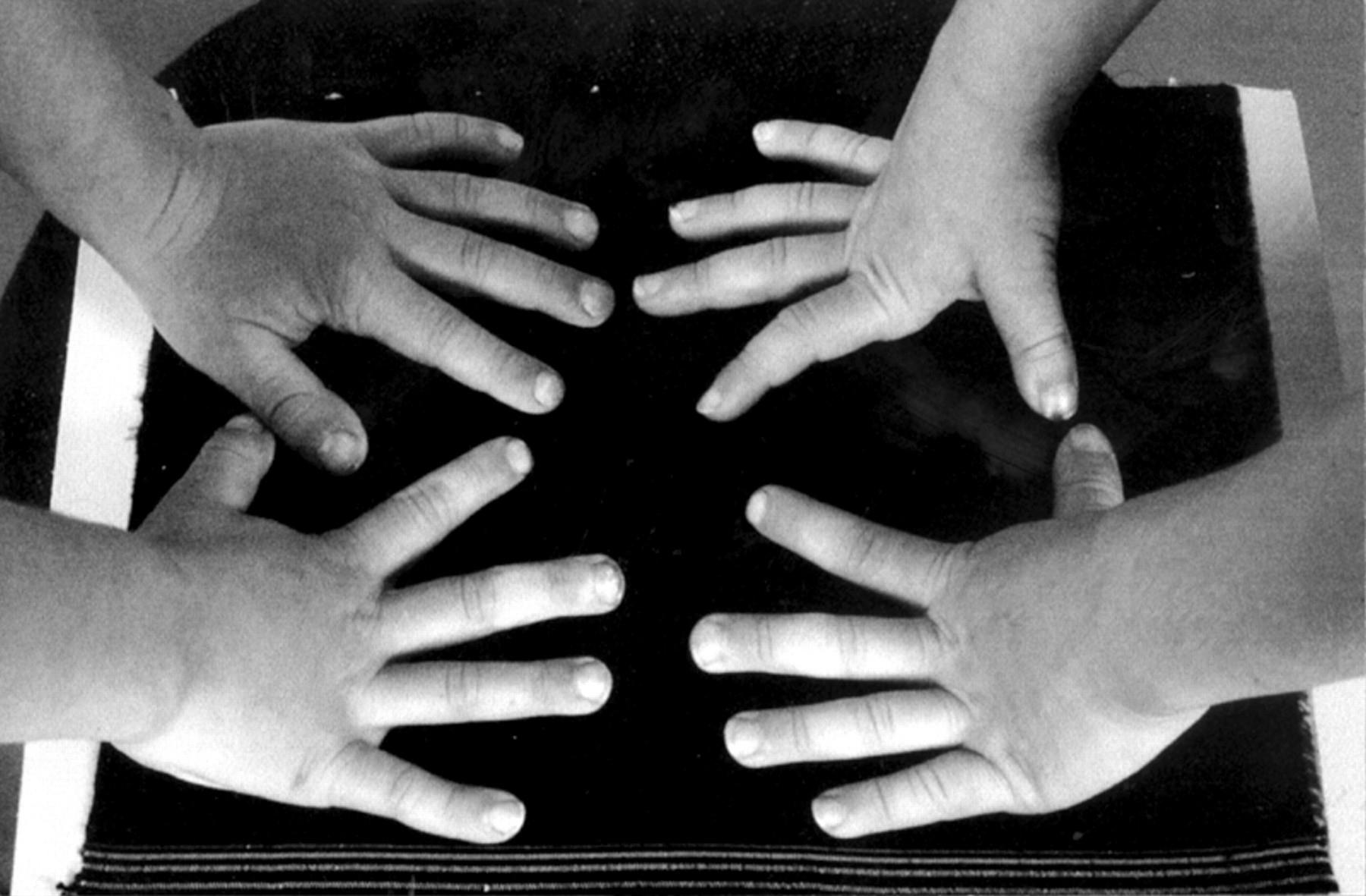
Simpson-Golabi–Behmel Syndrome (SGBS) is a rare genetic disorder that affects many parts of the body. Characterized by overgrowth before and after birth, individuals with SGBS often have distinctive facial features, skeletal abnormalities, and sometimes intellectual disabilities. Caused by mutations in the GPC3 gene, this syndrome primarily affects males, though females can be carriers. Symptoms vary widely, making diagnosis challenging. Early detection and management can improve quality of life. Understanding SGBS is crucial for families and healthcare providers. Here are 30 facts to help you grasp the essentials of this complex condition.
Key Takeaways:
- Simpson-Golabi–Behmel Syndrome (SGBS) is a rare genetic disorder that primarily affects males. It can cause overgrowth, facial abnormalities, heart defects, and developmental delays. Early intervention and regular medical check-ups are crucial for managing the condition.
- While there is no cure for SGBS, treatments like surgery, therapy, and regular monitoring can help manage the symptoms. Research is ongoing to better understand the genetic mechanisms behind the syndrome, and genetic counseling is recommended for families with a history of SGBS.
What is Simpson-Golabi–Behmel Syndrome?
Simpson-Golabi–Behmel Syndrome (SGBS) is a rare genetic disorder. It affects multiple parts of the body, leading to a range of physical and developmental issues. Here are some fascinating facts about this condition.
-
SGBS is also known as Bulldog Syndrome due to the characteristic facial features it can cause.
-
The syndrome is named after three doctors: Joe Simpson, M. Golabi, and M. Behmel, who first described it.
-
SGBS primarily affects males, though females can be carriers.
-
The condition is caused by mutations in the GPC3 gene located on the X chromosome.
-
Overgrowth is a common symptom, with affected individuals often being larger than average at birth.
-
Facial abnormalities such as a broad nose, wide mouth, and large tongue are typical features.
-
Heart defects are frequently observed in those with SGBS.
-
Skeletal abnormalities like extra fingers or toes (polydactyly) can occur.
-
Developmental delays and intellectual disabilities are common among those affected.
-
Kidney problems are another potential complication.
How is Simpson-Golabi–Behmel Syndrome Diagnosed?
Diagnosing SGBS involves a combination of genetic testing and clinical evaluation. Here are some key points about the diagnostic process.
-
Prenatal ultrasound can sometimes detect signs of SGBS, such as overgrowth or organ abnormalities.
-
Genetic testing can confirm the presence of mutations in the GPC3 gene.
-
Physical examination by a specialist can identify characteristic features of the syndrome.
-
Family history is crucial, as SGBS is often inherited.
-
MRI and CT scans may be used to assess internal organ abnormalities.
What are the Treatment Options for Simpson-Golabi–Behmel Syndrome?
While there is no cure for SGBS, various treatments can help manage the symptoms. Here are some common approaches.
-
Surgery may be required to correct heart defects or skeletal abnormalities.
-
Physical therapy can assist with motor skills development.
-
Speech therapy is often beneficial for those with speech delays.
-
Regular monitoring of kidney function is essential.
-
Educational support can help address learning disabilities.
-
Hormone therapy might be considered to manage overgrowth.
What is the Prognosis for Individuals with Simpson-Golabi–Behmel Syndrome?
The prognosis for individuals with SGBS varies widely. Here are some important aspects to consider.
-
Life expectancy can be normal, but it depends on the severity of complications.
-
Early intervention improves the quality of life significantly.
-
Regular medical check-ups are crucial for managing health issues.
-
Support groups can provide emotional and practical assistance to families.
Interesting Facts about Simpson-Golabi–Behmel Syndrome
Here are some additional intriguing facts about SGBS that highlight its complexity and the ongoing research efforts.
-
SGBS is rare, with an estimated prevalence of 1 in 1,000,000.
-
Research is ongoing to better understand the genetic mechanisms behind the syndrome.
-
Animal models, such as mice, are used in research to study SGBS.
-
Awareness campaigns help educate the public and medical professionals about the condition.
-
Genetic counseling is recommended for families with a history of SGBS to understand their risks and options.
Final Thoughts on Simpson-Golabi-Behmel Syndrome
Simpson-Golabi-Behmel Syndrome (SGBS) is a rare genetic disorder that affects multiple parts of the body. Understanding its symptoms, causes, and treatments can help those affected and their families manage the condition better. Early diagnosis and intervention are crucial for improving quality of life.
Genetic counseling can provide valuable insights for families with a history of SGBS. Regular medical check-ups and a multidisciplinary approach to care can address the various health issues associated with the syndrome. While there's no cure, advancements in medical research offer hope for better management strategies.
Raising awareness about SGBS can lead to more support and resources for affected individuals. By staying informed and proactive, families can navigate the challenges posed by this complex condition. Knowledge truly is power when it comes to dealing with rare genetic disorders like Simpson-Golabi-Behmel Syndrome.
Frequently Asked Questions
Was this page helpful?
Our commitment to delivering trustworthy and engaging content is at the heart of what we do. Each fact on our site is contributed by real users like you, bringing a wealth of diverse insights and information. To ensure the highest standards of accuracy and reliability, our dedicated editors meticulously review each submission. This process guarantees that the facts we share are not only fascinating but also credible. Trust in our commitment to quality and authenticity as you explore and learn with us.


